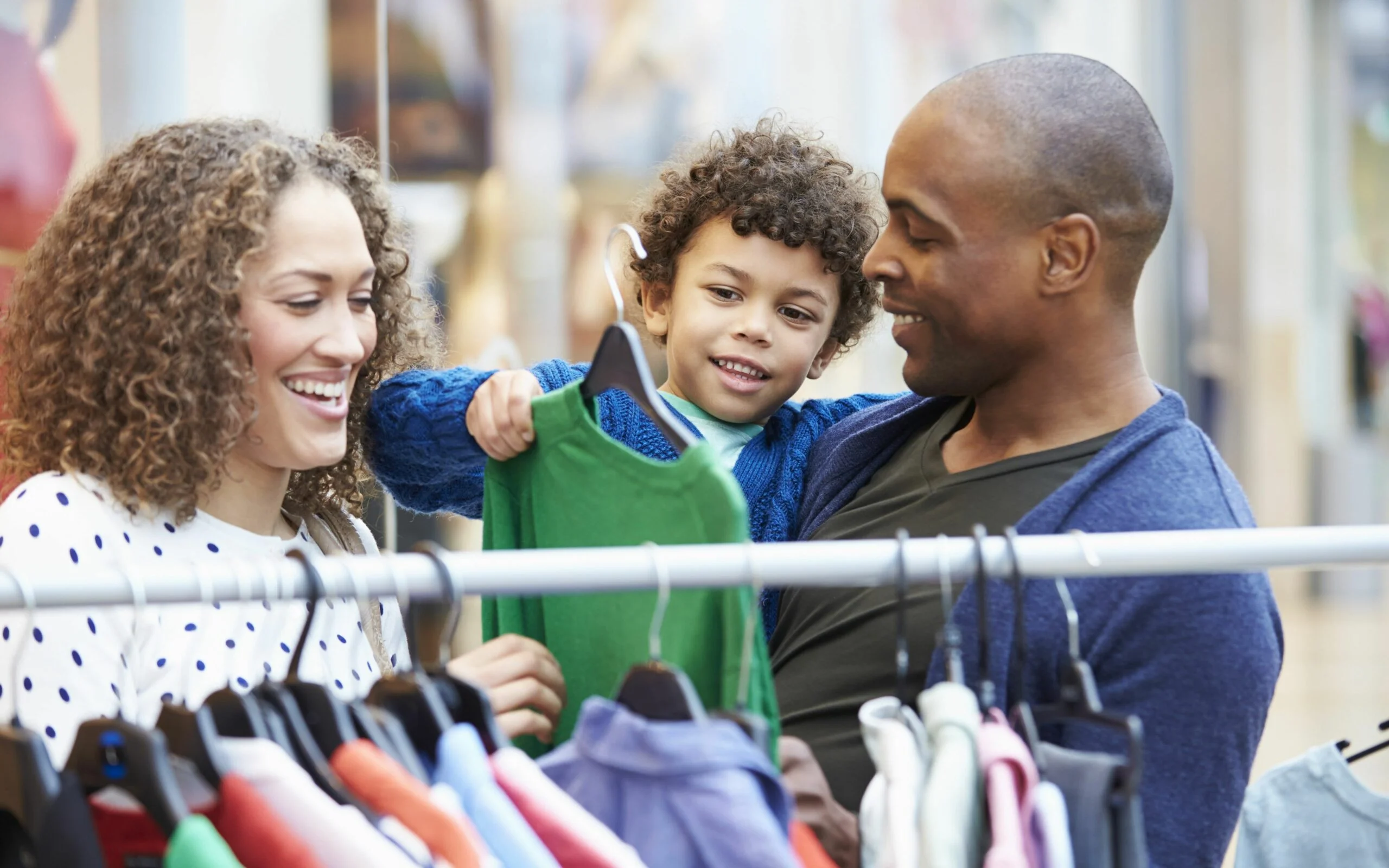Summary
I guess I shouldn’t be surprised to see elaborate Christmas decorations donning stores in October. I’ve seen Halloween costumes displayed alongside endless sweet candy treats in August. So why should it shock anyone to see school supplies, fall apparel and the newest electronics prominently featured in retailers as early as June? Well, it shouldn’t.
With estimated sales exceeding $83B, the significant “back-to-class” spending season is second only to the winter holidays¹. It’s also a lengthy season. A quarter of these value-seeking shoppers start their journey at least two full months before school commences.¹ In many areas of the country, this means back-to-class shopping will begin in June. Additionally, around half of shoppers will likely start three weeks to a month prior to the new school year¹. Retailers should realize the importance to connect with shoppers early and often within this expansive time frame. They should also recognize that many purchases are made even after class is back in session.
Ingrained within this key shopping period are newly-construed events designed to help consumers as well as retail sales. A number of states now offer tax-free “holiday” periods in the summer on many back-to-school categories in preparation for the upcoming new school year. Additionally, the surging e-commerce channel has recently received a boost in summertime thanks to Amazon Prime Day. This deal-driven “holiday” certainly helps Amazon the most, however, more and more retailers are offering their own online promotions during this yet-to-be announced (but likely) July date(s).
“Back-to-class” incorporates both “back-to-college” and “back-to-school” (K-12) segments, where the average household spend is about $942 and $685 respectively¹. While this sounds impressive, some early surveys show that half of “moms” plan to spend even more this year².
This elevated spend is expected to benefit a wide array of retailers and e-tailers alike. Clearly, the most popular categories consumers will eye are clothing, electronics, shoes, furnishings, and of course, school supplies.
When I was young, I remember making trips to our local mall with my parents, along with my brother and sister to get what we needed for the school year. Today, the most popular destinations to be most visited by savvy shoppers include department stores, discount stores, apparel stores, shoes stores, office supply stores, electronics stores and even home furnishings stores (back-to-college).
Unfortunately not an option throughout my early school years, let’s not forget about online shopping. Nearly all back-to-class shoppers will visit brick-and-mortar stores but most say they will also make online purchases. In fact, only 28% of moms say they will not buy any back-to-school supplies online this year². To me, what this means is that if you’re a retailer, in order to take advantage of how today’s consumers shop, you must sharpen the omnichannel experience for them. Make sure shoppers are receiving consistent, positive encounters both online and offline.
Each year as summer fades, I often reminisce about being forced to miss baseball and spend an entire weekend with my parents and siblings, hitting two stores for shoes, maybe another three for shirts and pants (an absolute must included visiting a local “Army-Navy” retailer for Levis – very big in the early 80s). A couple of additional trips would be made to various other destinations for pens, pencils, notebooks, etc. All-in-all I would say we visited eight or nine stores before our back-to-school shopping was complete.
Fast-forward to 2019 and how things have changed. Because of the tremendous amount of online and offline information back-to-class shoppers are consuming, that engagement will help them identify a very narrow consideration set of retailers from which they will purchase. Overall, today’s consumers are smarter, conducting extensive research, armed with more data and they know what they want and they know where they’ll get it. They want value and deals. Back-to-class shoppers are no exception. For example, 74% of moms say they expect to shop just three stores or less this year for back-to-school².
During this opportune shopping season, it’s crucial for retailers to be top-of-mind to land in the critical few. Retailers must make sure their advertising messages are memorable, relevant, impactful and targeted via the media that is most influential. Across a variety of the key categories, back-to-class shoppers will seek – including apparel and electronics – research shows print and digital media represent the greatest share of influence on their purchases – an estimated 70% combined share³.
In the end, advertisers looking to capture their fair share of the massive $83B back-to-class consumer spending season this year would be wise to evaluate their media plan, making sure proper dollars are allocated to highly-effective integrated print and digital strategies.
When it comes to the back-to-class shopping season, and what it takes to attract consumers, retailers should keep in mind these key takeaways.
Five Key Back-To-Class 2019 Takeaways
- Second only to the winter holidays, “back-to-class” is a significant consumer spending season representing sales in excess of $83B. Half of moms plan to spend even more this year vs. last year.
- The top opportunity categories targeted by shoppers are clothing/apparel; electronics; shoes; school supplies; and furnishings.
- The back-to-class shopping season is elongated, spanning multiple months. Advertisers should connect with shoppers early and with frequency in an attempt to secure a spot in the consumers’ limited consideration set of stores.
- Virtually all back-to-class shoppers will shop physical stores, but the majority will also purchase online. Retailers offering a consistent, effective omnichannel experience will benefit greatly.
- To effectively connect with today’s back-to-class shoppers, advertisers should leverage the media most influential on their purchases. Print and digital represent the greatest combined share of media influence across key category purchases.
Sources
¹NRF’s Annual Consumer Spending Surveys, conducted by Prosper Insights & Analytics, 2018 (Back-to School = Grades K-12)
²Field Agent Back-to-School moms survey, 2019
³Prosper Insights & Analytics, MBI Survey, January 2019



